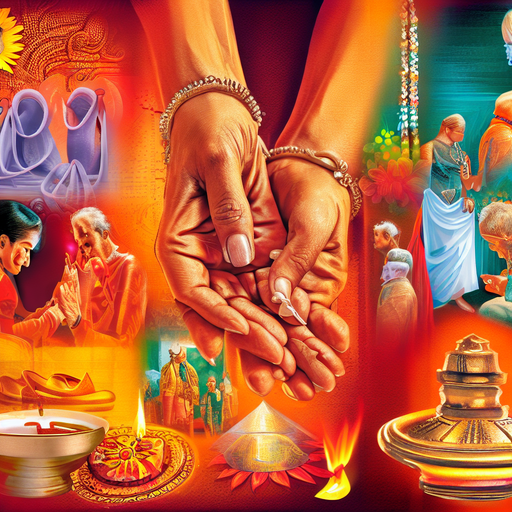Introduction: Religions worldwide encompass various sets of practices and rituals. However, upon deeper reflection, these practices reveal themselves as guides to remind individuals to embark on an inner journey. Over time, many of these practices have been transformed into mere rituals, often devoid of the original deeper meanings. This exploration delves into the essence behind some common religious practices, seeking to understand their profound significance.
Lighting Diya/Incense Stick: One common practice involves lighting a diya (lamp) or incense stick. While this act may seem routine, gazing at the flame for an extended time can stimulate the pineal gland, often referred to as the third eye. It’s a reminder that light can illuminate not only our external surroundings but also our inner perceptions.
Ringing Bells: In temples and sacred spaces, bells are frequently rung upon entering and exiting. The sound of a bell resonates at a frequency that can clear the mind. This auditory experience serves as a mental reset, and it’s worth noting that you need not visit a temple for this sonic therapy.
Joining Hands: Another intriguing practice involves joining one’s hands in a prayer-like gesture. Sitting in a quiet environment, palms joined, and without reciting any words, one can observe a heightened awareness of their pulse. This simple act, seemingly mundane, can lead to a sense of inner peace and stillness.
Applying Tilak: The application of a tilak on the forehead carries deep symbolism. While it doesn’t necessarily activate the pineal gland, it’s a ritual reminiscent of Lord Shiva, a yogic deity known for his awakened third eye. The pineal gland, often associated with spiritual awakening, remains a subject of scientific inquiry.
Superstitious Practices: Some religious practices border on superstition, often involving specific actions to invoke blessings or outcomes. These beliefs rely on one’s faith system. While some may have logical underpinnings, others may defy reason.
Touching Feet of Others: Traditionally, touching the feet of elders or revered individuals was a gesture of receiving blessings. This practice emphasizes the exchange of positive vibrations. However, its effectiveness depends on the intentions and energies involved, rather than the age or status of the person.
Conclusion: Religious practices hold diverse meanings and interpretations. By exploring their deeper significance, we can unearth valuable lessons about our inner selves. Whether we continue these practices as rituals or seek to understand their essence depends on our personal journey within.

